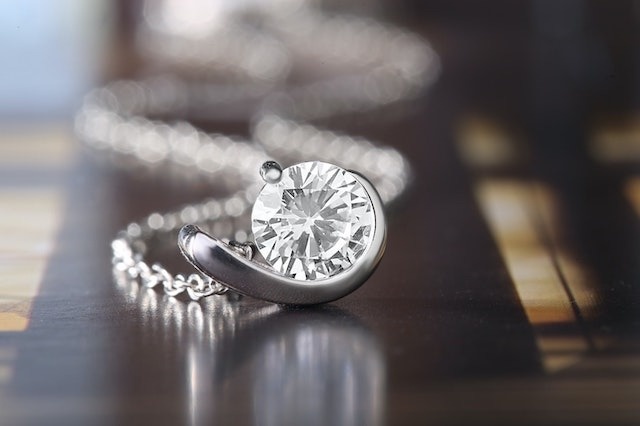Sometimes our prized possessions can be the most challenging to insure. Knowing where to go and with whom to consult in determining the best coverage is paramount to designing a policy that encompasses each individuals’ unique needs. There are many caveats to be aware of when purchasing insurance for jewelry, and which company you ultimately place that coverage with. Depending on the size and value of your collection, below are a few options to consider.
We first recommend consulting with an experienced insurance advisor to review your policy and collection to identify the specific clauses pertaining to loss settlement and exclusions; some companies have eliminated or reduced coverage under certain circumstances for which you may be unaware. For example, coverage may be declined for higher value items during travel. This represents a gap in coverage for items such as engagement rings, which are usually worn when traveling. An agent who is well versed in the policy language, knows the right questions to ask, and assists in determining the coverage that best matches your lifestyle.
Among the carriers to choose from in the insurance market; High Net Worth insurers such as Chubb, Pure, and Vault, offer some of the broadest coverage available, with limited exclusions, on a separate Valuable Articles policy. A standalone collections policy typically covers more causes of loss and is not subject to a deductible. Pieces can be itemized and insured individually, as well as on a class blanket basis. Blanket coverage allows for flexibility in covering items that may be of lesser value or as a “catch-all” safety net for smaller items that you may not wish to have appraised. These carriers can also insure large collections valued at over $250,000. When coverage is not available with a High-Net-Worth carrier, we have options with Jewelers Mutual and similar companies. These policy forms also provide worldwide coverage without a deductible and may even offer blanket coverage under certain circumstances.
In contrast, a standard homeowner’s policy typically limits the maximum coverage for jewelry to $5,000 under the contents coverage, and payment for a loss is subject to the homeowners deducible. Mysterious disappearance is commonly excluded from coverage under a homeowner’s policy. As an alternative, some carriers offer the option to add scheduled jewelry items onto the homeowner’s policy, and generally, the cost is 2.5% of the total value of the jewelry. Appraisals within 1-2 years of the coverage date are typically required to do this, so keep that in mind.
Pricing is always a question when it comes to insurance. Generally speaking, rates are lower on a collections policy, than the contents coverage on a homeowner’s policy. Expanding on that, the High-Net-Worth carrier’s blanket rate per $100 tends to be higher than the scheduled rate. As a Risk Management protocol, many clients choose to keep their jewelry in a bank vault when it is not being worn. When these items are reported to the carrier as “in-vault”, the carrier applies a discounted rate for those items. This discounted rate reflects that coverage is essentially halted while the items are vaulted, so the client must notify their agent prior to removing a piece from the vault to be worn. Another recommended risk management protocol is to store jewelry in a home safe. Most carriers also apply a “home safe” discount when this is reported to underwriting. A home safe that is bolted to the floor is an excellent way to protect your jewelry from loss by theft, fire, and other natural disasters.
As you can see, the jewelry insurance market can be rather complex, which is why it’s so important to have the right agent representing you. Please give our office a call to discuss your options and complete a thorough review of your coverages. We may be able to offer some additional insight into Risk Management and strategic planning for future travel. 239-254-0127


